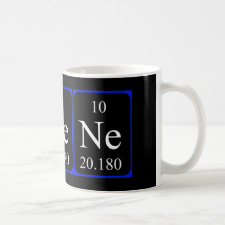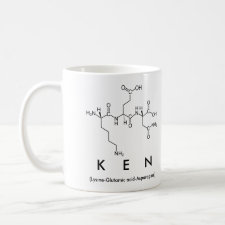
Authors: Shea KJ, Stoddard GJ, Shavelle DM, Wakui F, Choate RM
Article Title: Synthesis and characterization of highly cross-linked polyacrylamides and polymethacrylamides - a new class of macroporous polyamides.
Publication date: 1990
Journal: Macromolecules
Volume: 23
Issue: (21)
Page numbers: 4497-4507.
DOI: 10.1021/ma00223a001
Abstract: The polymerization of N-methylacrylamide (la) and N-methylmethacrylamide (Ib) with alkylbis-(acrylamide) and alkyl- and arylbis(methacry1amide) cross-linkers was studied. The polymerizations were carried out in bulk with free-radical initiation (AIBN) in the presence of various solvents (porogens). Nonporous materials resulted from polymerizations with cross-linkers that contained flexible tethers. Crosslinkers with rigid hydrocarbon or aromatic tethers gave rise to macroporous materials. The more polar solvents (HzO, MeOH) produced materials with higher surface area and internal pore volume than those of identical materials prepared with less polar solvents (DMSO). Analysis of the solvatochromic shift of the N,N- (dimethy1amino)naphthalenesulfonamide (dansyl) probe, covalently incorporated into the polyacrylamide networks, revealed that these matrices are permeable to polar solvents and less permeable to nonpolar solvents.
Functionalization of these materials is readily achieved by copolymerization using suitably functionalized monomers.



Join the Society for Molecular Imprinting

New items RSS feed
Sign-up for e-mail updates:
Choose between receiving an occasional newsletter or more frequent e-mail alerts.
Click here to go to the sign-up page.
Is your name elemental or peptidic? Enter your name and find out by clicking either of the buttons below!
Other products you may like:
 MIPdatabase
MIPdatabase









